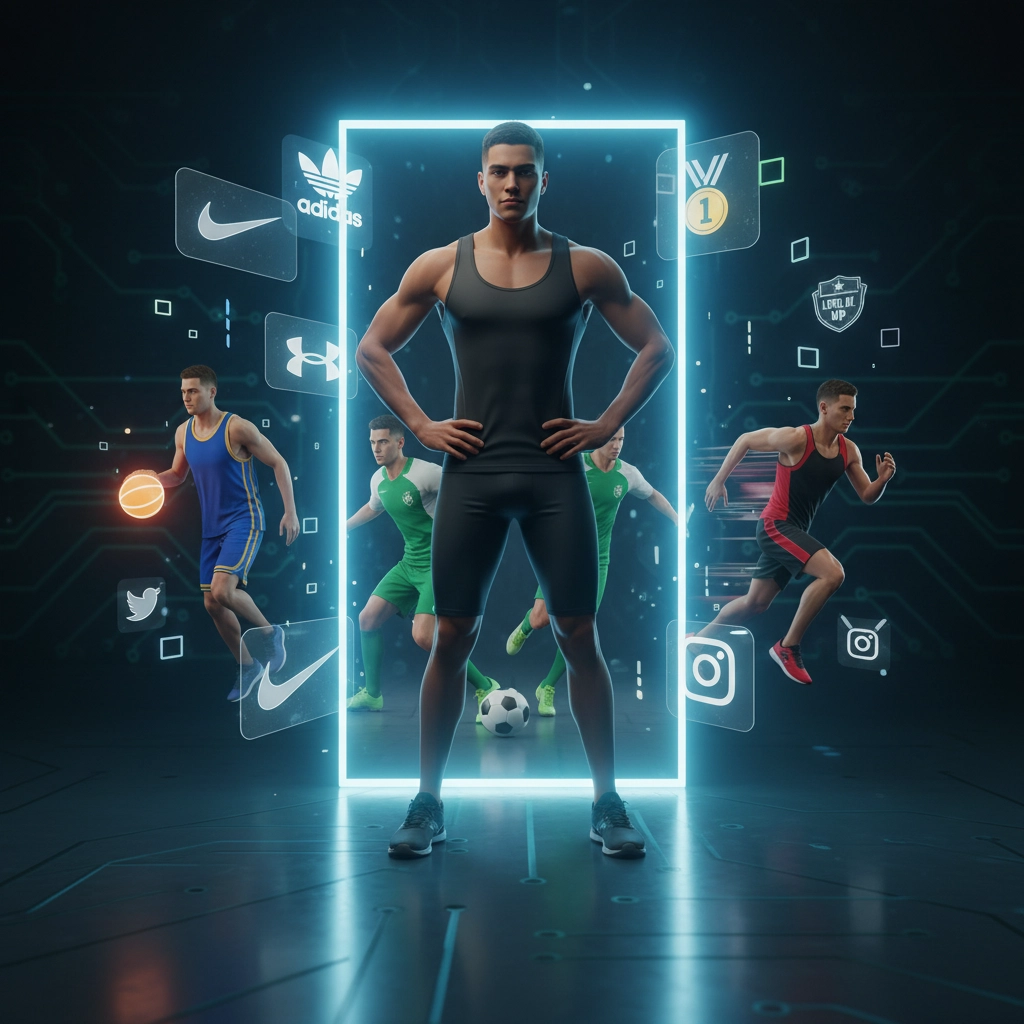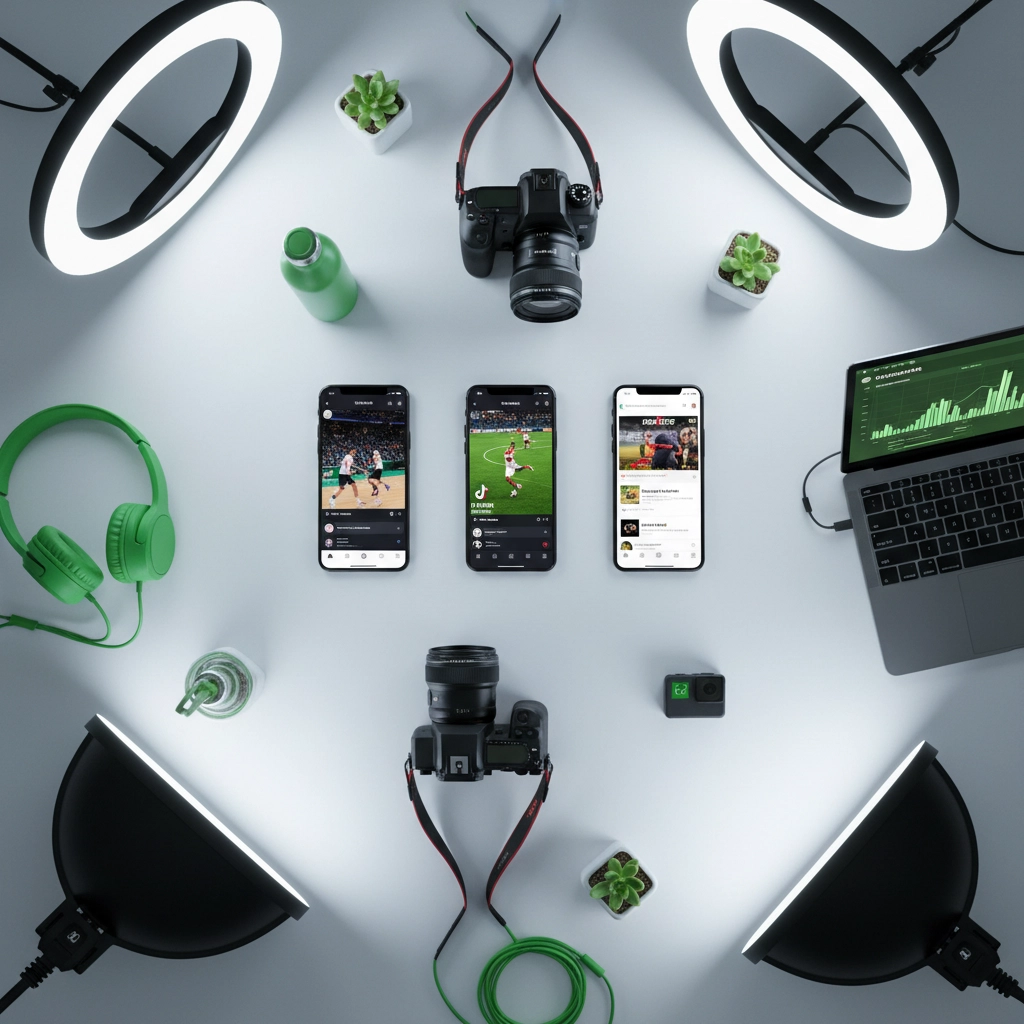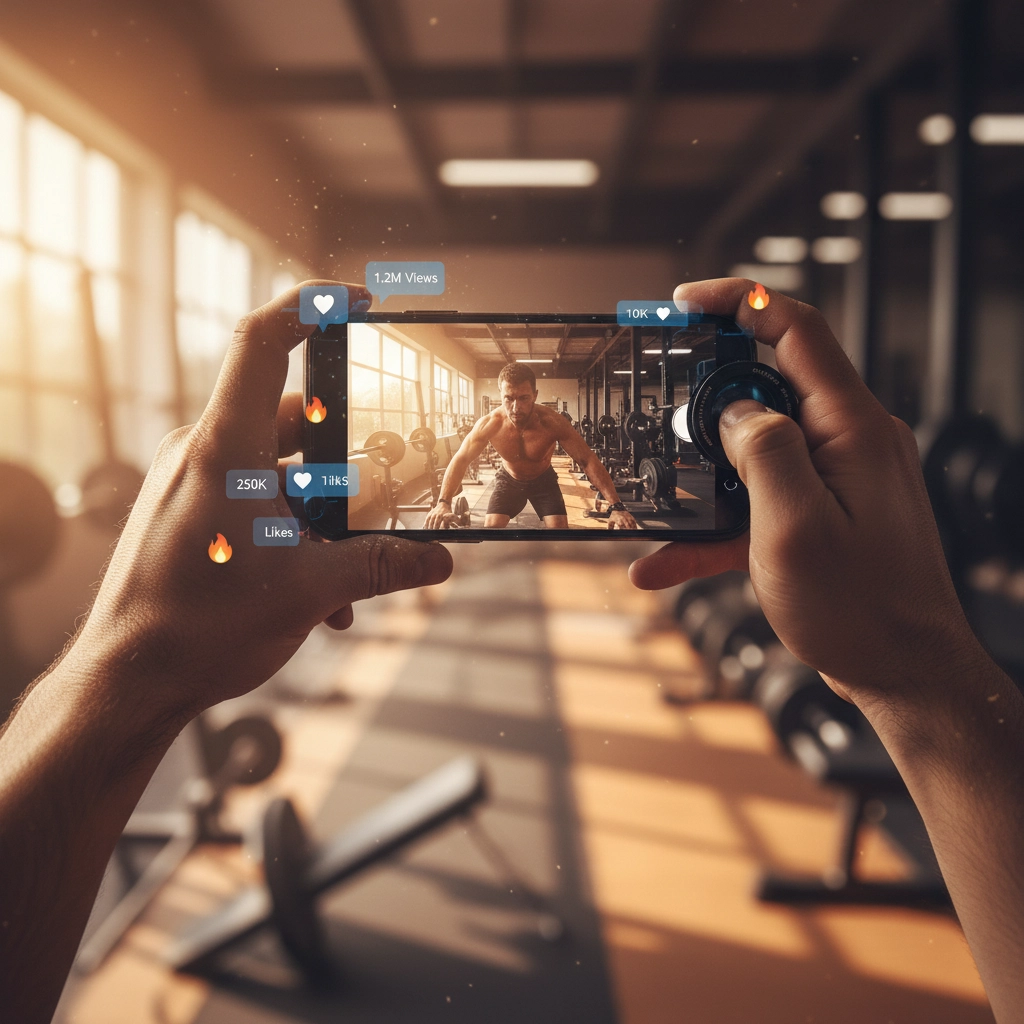The emergence of Name, Image, and Likeness (NIL) opportunities in college athletics has created a framework for building sports brands. Athletes at various levels can apply these proven strategies to establish professional-grade personal brands that generate revenue and create long-term opportunities.
Define Brand Identity Foundation
Brand identity establishment requires systematic evaluation of personal attributes and market positioning. Athletes must identify core characteristics that differentiate them from competitors within their sport and demographic segment.
The process begins with comprehensive self-assessment. Athletes document their values, personality traits, playing style, and unique story elements. This information forms the foundation for all subsequent branding decisions.
Successful NIL athletes demonstrate consistent brand identity across all platforms and interactions. Colorado quarterback Shedeur Sanders built his brand around the "SS2LEGENDARY" concept, which became integrated into merchandise lines and partnership agreements. This approach provides clear messaging for potential sponsors and creates memorable touchpoints for fan engagement.

Brand identity must align with authentic personality characteristics. Artificial personas typically fail to sustain long-term audience engagement and create difficulties in partnership negotiations.
Establish Digital Platform Infrastructure
Social media platforms serve as primary brand distribution channels for modern sports marketing. Platform selection requires analysis of target audience demographics and engagement patterns.
Athletes must maintain professional profiles across relevant platforms. This includes standardized profile imagery, consistent username conventions, and comprehensive bio sections that communicate value propositions to potential followers and partners.
Content scheduling systems ensure consistent publication across platforms. Regular posting intervals maintain audience engagement and demonstrate professional commitment to brand development.
LSU gymnast Livvy Dunne achieved significant follower growth through systematic content creation across TikTok and Instagram platforms. Her approach resulted in over 7.8 million TikTok followers and 4.4 million Instagram followers, generating an estimated brand valuation of $3.2 million.
Platform-specific content optimization maximizes engagement rates. Different platforms require tailored content formats, posting schedules, and engagement strategies.
Content Creation Strategy Implementation
Content production requires systematic approach to maintain quality standards and publication consistency. Athletes must develop content calendars that balance athletic performance showcases with personality-driven material.
High-quality visual content performs better across social media algorithms. This includes professional photography, video production with proper lighting and audio, and graphic design elements that maintain brand consistency.

Content categories should include training footage, competition highlights, behind-the-scenes material, and lifestyle content that provides audience insights into athlete personalities. Balance between these categories prevents content monotony and maintains diverse audience interests.
Story-driven content creates emotional connections with audiences. Athletes document their journey progression, challenge overcome, and goal achievement processes. This narrative approach increases audience investment in athlete success.
Interactive content formats generate higher engagement rates. Polls, question-and-answer sessions, live streaming, and user-generated content campaigns encourage active audience participation.
Partnership Development Framework
Modern NIL partnerships emphasize long-term collaboration over transactional sponsorship agreements. Multi-year partnerships provide stability for both athletes and brands while allowing for deeper integration of marketing messages.
Partnership selection requires evaluation of brand alignment with athlete values and target audience demographics. Misaligned partnerships can damage athlete credibility and reduce effectiveness of future partnership opportunities.
Sofia Chepenik, former lacrosse player, secured the first collegiate lifetime NIL agreement with LootMogul. This partnership structure demonstrates evolution toward sustained collaboration models that grow alongside athlete career development.
Professional partnership negotiations require standardized documentation and clear performance metrics. Athletes must establish deliverable expectations, timeline requirements, and compensation structures before agreement finalization.
Brand partnership proposals should include audience analytics, engagement rate documentation, and previous collaboration case studies. This professional presentation increases partnership approval rates and negotiation leverage.
Professional Asset Development
Website development creates centralized hub for brand information and partnership inquiries. Professional websites should include athlete biography, career statistics, media galleries, and contact information for business inquiries.
Sponsorship proposal creation requires standardized format that communicates value proposition efficiently. Proposals should include audience demographics, engagement metrics, content examples, and partnership package options.

Media kit development provides brands with readily available promotional materials. This includes professional photography, brand guidelines, logos, and biography information formatted for various marketing applications.
Professional email management systems ensure timely response to partnership inquiries and media requests. Dedicated business email addresses separate professional communications from personal correspondence.
Audience Engagement Optimization
Personalized audience interaction increases fan loyalty and creates sustainable engagement patterns. Athletes should respond to comments, acknowledge fan support, and create content that addresses audience interests and questions.
Community building requires consistent interaction with core follower groups. Regular engagement with active supporters creates advocacy networks that promote organic brand growth through word-of-mouth marketing.
Audience analytics provide insights into content performance and demographic preferences. Regular analysis of engagement patterns, follower growth, and content reach inform future strategy adjustments.
Fan experience enhancement through exclusive content, early access to announcements, and personalized messages increases audience value perception and supports premium monetization opportunities.
Monetization Strategy Framework
Revenue generation requires diversified approach across multiple channels. Successful athletes combine traditional sponsorships with product sales, content monetization, and appearance fees.
Platform-specific monetization features provide additional revenue streams. YouTube ad revenue, TikTok Creator Fund participation, and Instagram Reels monetization supplement partnership income.

Product development opportunities include merchandise lines, training programs, and digital content sales. Shedeur Sanders' SS2LEGENDARY apparel line demonstrates successful product brand extension from personal brand foundation.
Speaking engagement opportunities and appearance fees provide additional revenue sources while expanding brand reach beyond digital platforms.
Compliance and Risk Management
NIL compliance requirements vary by state and conference affiliation. Athletes must understand applicable regulations and maintain documentation for all commercial activities.
Legal consultation ensures agreement compliance with relevant regulations and protects athlete interests in partnership negotiations. Professional legal review prevents costly compliance violations and contract disputes.
Financial management systems track revenue, expenses, and tax obligations associated with NIL activities. Professional accounting services ensure proper record keeping and regulatory compliance.
Brand protection measures include trademark registration for unique branding elements and social media account security protocols that prevent unauthorized use of athlete likeness.
The systematic implementation of these strategies provides foundation for professional-grade sports brand development. Athletes who apply these frameworks consistently demonstrate measurable improvement in brand metrics and revenue generation capabilities. Success requires sustained commitment to professional standards and strategic brand development over time.
